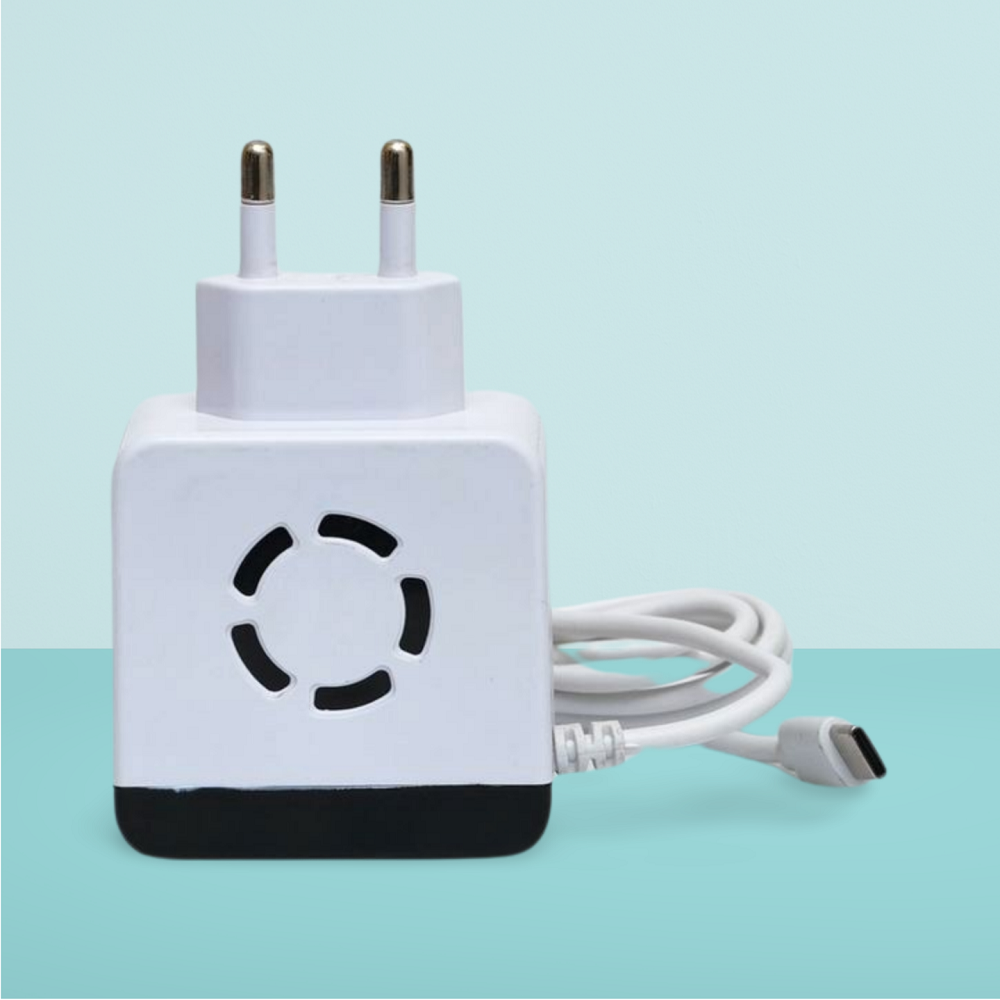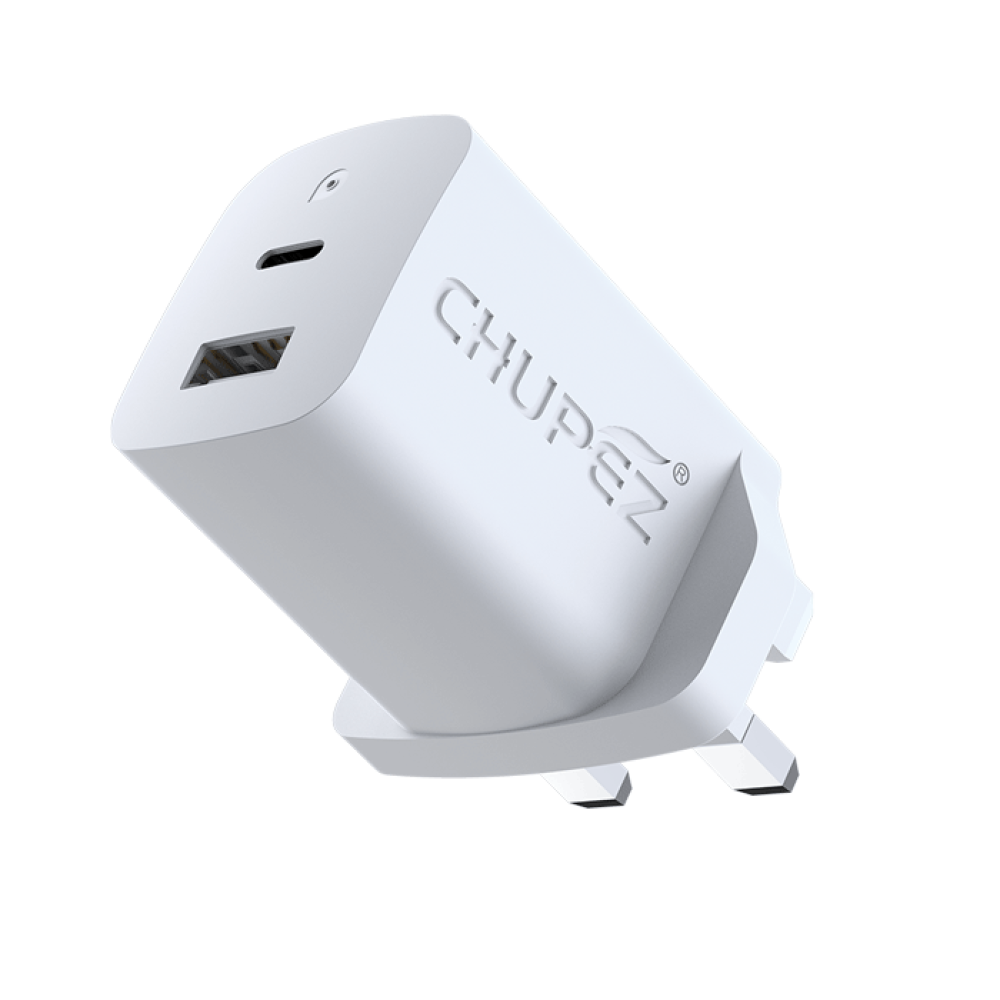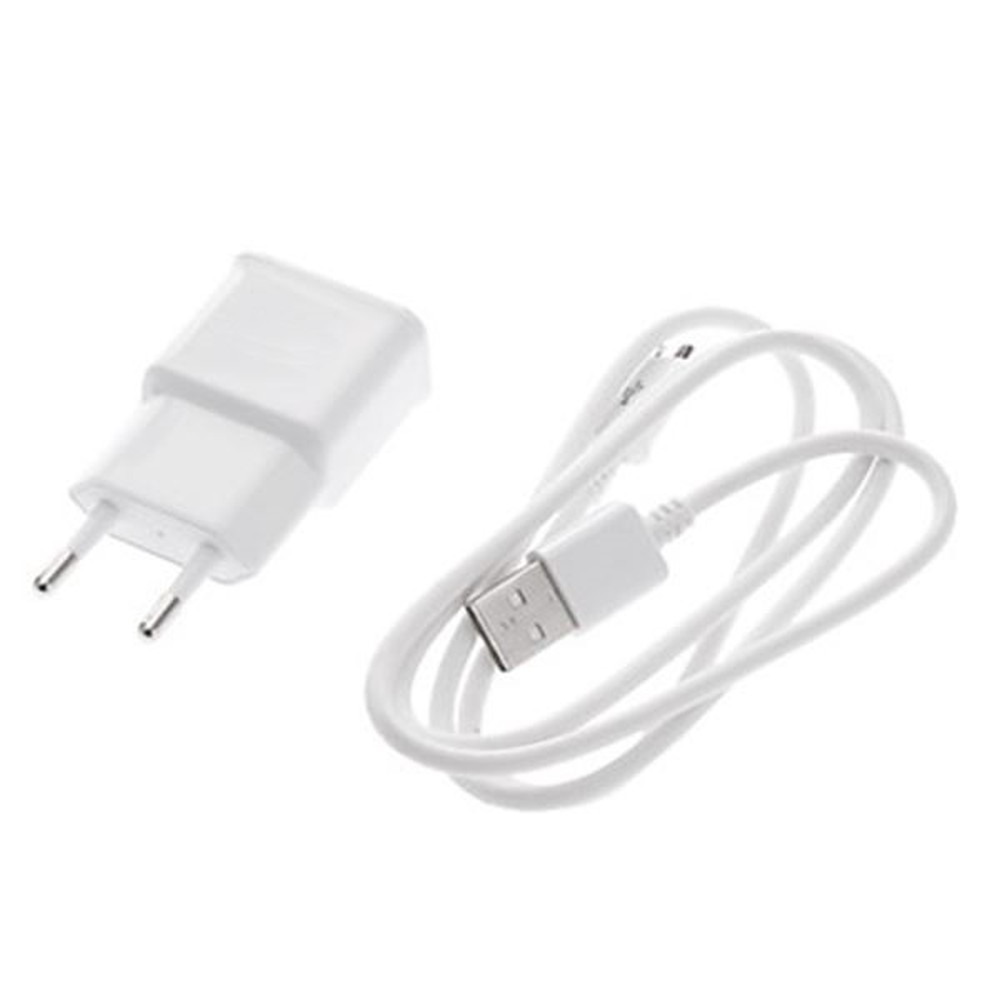In today’s fast-paced world, smartphones have become indispensable tools for communication, navigation, entertainment, and work. As we rely on them for various tasks, it’s crucial to ensure that our devices stay charged and ready to go. Selecting the right smartphone charger is essential not just for effective charging but also for the longevity and performance of your device. This ultimate guide will walk you through the various aspects of choosing the right charger for your smartphone.
Understanding Charging Types
Different Charging Technologies
Smartphone chargers come in several types and technologies, and understanding these variations is the first step in making an informed choice. The most common charging types are:
- Standard Charging: This method delivers a fixed amount of power, usually around 5 watts. It’s the slowest charging option, generally found in older chargers. While it’s functional, it might not meet the needs of power users.
- Fast Charging: This technology allows higher voltage and current, facilitating quicker charging than standard options. Most modern smartphones support fast charging, which can typically replenish your device up to 50% in about 30 minutes.
- Wireless Charging: This method uses electromagnetic fields to transfer energy between charging pads and smartphones. Though convenient, wireless charging is often slower than wired alternatives. Some users find it practical for overnight charging or desktop setups.
Familiarizing yourself with these types will help you evaluate which charging method aligns best with your lifestyle and smartphone capabilities.
Identifying Device Compatibility
Not all smartphones support fast or wireless charging. Check your smartphone’s specifications to determine the maximum charging speed it can handle. Knowing your device’s compatibility can prevent you from purchasing an incompatible charger that doesn’t fully exploit your phone’s capabilities.
Additionally, some brands have proprietary technologies (such as Apple’s MagSafe) that work optimally with specific chargers and accessories. Make sure to verify compatibility when considering a new charging system.

Choosing Between Wall Chargers and Portable Chargers
Wall Chargers: Power and Performance
Wall chargers offer a stable power supply and typically charge devices more quickly than portable options. When choosing a wall charger, consider factors like wattage and the number of ports. A charger with multiple USB ports can conveniently power multiple devices simultaneously, making it an excellent choice for family households or shared spaces.
Make sure to focus on the charger’s output ratings. For example, a charger rated at 18W will charge faster than one rated at 5W. If you’re gearing up for travel or anticipate needing to charge multiple devices, investing in a reliable wall charger can pay off in productivity and convenience.
Portable Chargers: Versatility on the Go
Portable chargers, or power banks, provide flexibility when wall outlets aren’t accessible. They allow users to charge their smartphones while commuting, traveling, or during outdoor activities. When selecting a portable charger, consider its capacity, measured in milliampere-hours (mAh).
A power bank with a higher mAh can fully charge most smartphones multiple times. However, note that higher capacity often means a bulkier device, so find a balance between capacity and portability. Some power banks also support fast charging; look for this feature if you want efficiency.

Cable Quality Matters
Selecting the Right Charging Cable
A common oversight when purchasing a charger is focusing solely on the charger itself while neglecting the cable. The quality and type of charging cable also play a significant role in the charging speed and safety of your device. Look for cables that are certified by reputable standards like USB-IF (USB Implementers Forum).
Consider the length of the cable as well. Longer cables may offer added convenience, but they can also result in slower charging speeds due to increased resistance. Opt for a length that provides flexibility without compromising efficiency.
Assessing Durability and Brand Reliability
Investing in a high-quality, durable cable can save money in the long run, as cheaper cables tend to wear out quickly. Look for cables made from materials like braided nylon or reinforced connectors to withstand daily wear and tear.
Reputed brands tend to produce more reliable products, often including warranties that cover manufacturing flaws. Research brand reliability to ensure you’re purchasing a high-quality cable that will serve you well over time.
Safety Features and Certifications
Importance of Safety Features
Safety should always be a priority when choosing a smartphone charger. Look for features such as overcurrent protection, short-circuit protection, and over-temperature protection. These mechanisms help prevent damage to your smartphone while charging, extending the life of both the charger and the device.
Chargers that are overloaded can lead to overheating, which is a fire hazard. Ensuring that your charger meets safety standards can greatly reduce this risk. Always check for certifications from organizations like Underwriters Laboratories (UL) or the International Electrotechnical Commission (IEC).
Recognizing Certified Chargers
When shopping, look for devices that have been certified by recognized standards. Chargers labeled with “CE,” “FCC,” or “RoHS” indicate compliance with relevant safety and environmental regulations. These certifications ensure that your charger has undergone testing and meets safety requirements.
Using non-certified chargers is risky, as they may not have undergone the same rigorous testing and may even damage your device. Prioritize quality and safety over lower prices to protect your investment.

Evaluate Brand Options
Comparing Major Brands
Several brands are well-known for producing reliable smartphone chargers. Companies like Anker, Belkin, and Aukey offer a range of products along with warranties that can provide peace of mind. However, it’s crucial to do your research and read reviews from other users.
Look beyond marketing claims and consider customer feedback. Brands that consistently receive high ratings typically have a reputation for quality, longevity, and customer service.
Considering OEM vs. Third-Party Chargers
Original Equipment Manufacturer (OEM) chargers are those supplied by the smartphone manufacturer. While they often ensure compatibility and reliability, they can also come with a higher price tag. Third-party chargers can provide a cost-effective alternative but require diligent research to ensure compatibility and safety.
When opting for third-party chargers, choose reputable brands and ensure they meet your specific device requirements. Taking the time to evaluate these options will help you avoid unnecessary headaches down the line.
Price Range and Budgeting
Understanding Price Variability
A range of prices exists, from budget options to premium products. While it can be tempting to go for the cheapest option, investing in a high-quality charger often pays off in the long run. Cheaper chargers may sacrifice safety features, durability, or efficiency, risking damage to your device.
Assess your charging needs and allocate a budget accordingly, but remember that quality should take precedence over price. A well-invested charger can save money in replacement costs and improve your device’s longevity.
Finding Deals and Offers
Keep an eye out for sales, discounts, and special offers, especially during holiday seasons. Websites often host sales events that can provide you with top-quality chargers at lower prices.
Furthermore, consider buying bundles that might include a charger, cable, and even a power bank for a holistic charging solution. These bundles can offer better value for your money and cater to multiple charging scenarios.

Planning for Future Needs
Anticipating Changes in Technology
As smartphone technology evolves, charging standards also change. For instance, many recent devices now support USB-C, which offers faster data transfer rates and quicker charging. When selecting a charger, consider whether your current device is likely to be outdated soon.
Purchasing a charger that supports newer standards can save you from needing to replace it in the near future. Planning for the long term ensures you get the most out of your investment.
Adapting to Lifestyle Changes
Lifestyle shifts may also influence your charging needs. If you travel frequently, for instance, investing in a compact, multi-port charger may be a wise decision. Alternatively, if you anticipate using multiple devices simultaneously, look for options that accommodate higher wattage for efficient charging.
By considering how your lifestyle might change in the coming months or years, you can choose a charger that adapts to your evolving needs and keeps your devices powered.

Making an Informed Decision
Choosing the right smartphone charger involves understanding various factors that impact performance, safety, and compatibility. By familiarizing yourself with different charging types, sizes, cable qualities, and safety features, you can make a well-informed decision that meets your individual needs.
Keep in mind that investing in a high-quality charger not only extends your smartphone’s lifespan but also enriches your experience by ensuring it’s ready whenever you need it. As technology evolves, being proactive and adaptable in your charging solutions will ensure your devices remain functional and efficient for years to come.